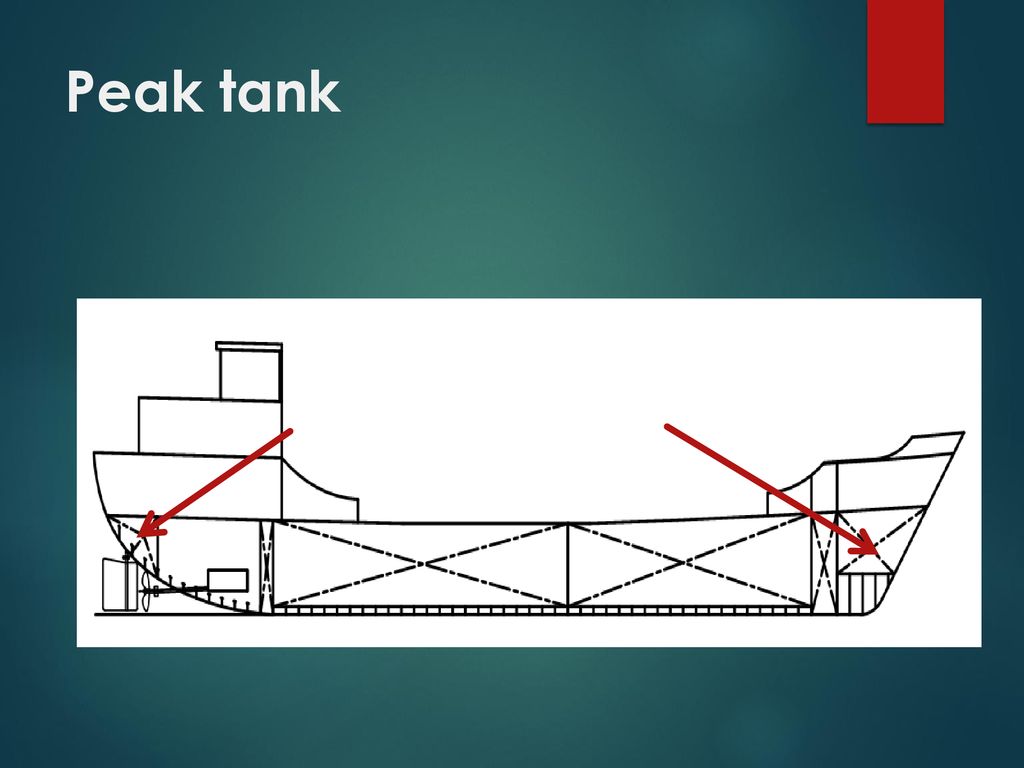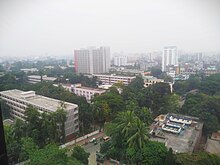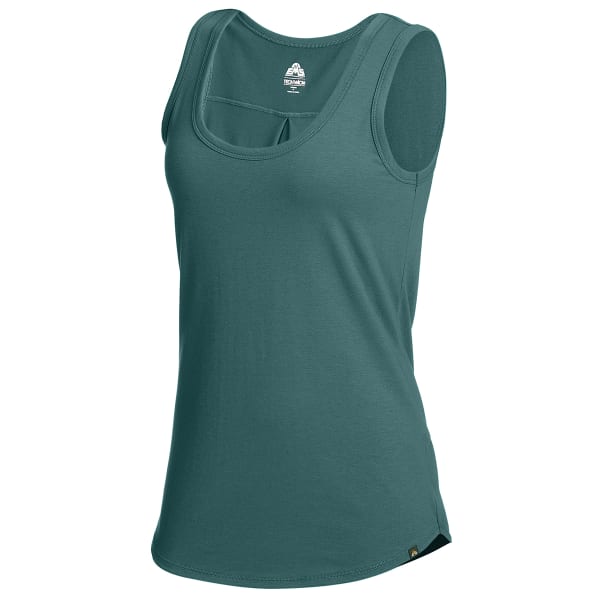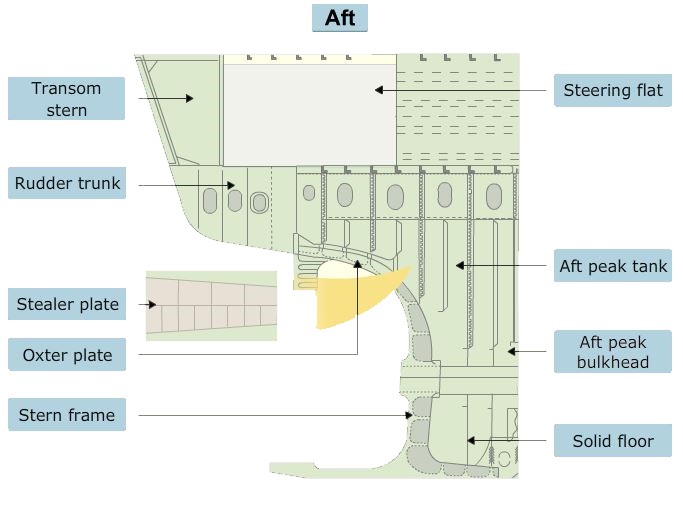
Bangladesh University of Engineering & Technology Department of
General Arrangement Plan Lesson 1
Bangladesh University of Engineering & Technology Department of Naval Architecture and Marine Engineering NAME-118 Ship design & DRAWING I LEVEL-1 , TERM-II.
NAME-118. Ship design & DRAWING I. LEVEL-1 , TERM-II. Contact Hr: 3 Credit:
What is a General Arrangement Plan
The general arrangement of a ship can be defined as the drawing which indicates the assignment of spaces for all the required functions and equipment, properly coordinated for location and access.
Four consecutive steps characterize general arrangement: Allocation of main spaces. Setting individual space boundaries, Choosing and locating equipment and furnishing within boundaries. Providing interrelated access.
GA Plans are prepared and modified for the conceptual, preliminary, contract and working plan stages. The data in the early stages comes from past experience and the degree of detail increases as the design progresses.
Certain requirements must be met: Watertight subdivision and integrity. Adequate stability. Structural integrity. Adequate provision for access.
Contains. Side view: Elevation. Plan views of the most important decks: Main Deck, Under Deck, Bottom Deck, Poop Deck, Bridge Deck etc. Cross-section.
The views and sections display: division into compartments (tanks, engine room, holds) location of bulkheads. location and arrangement of superstructure. parts of the equipment (winches, loading gear, bow thruster, life boats)
A length of 1 cm taken from a 1:100 general arrangement plan represents the actual length of. 1 cm x 100 = 100 cm.
Eases the work of lining up items that appear on two or more decks and helps to avoid inconsistencies.
100 m ~ 200 m. 1: m ~ 100 m. 1:100. Below 30 m. 1:50.
The main purpose of the ship. The designer’s ideas on how this purpose can best be achieved. For cargo ships. carry as much cargo as possible. cost effectiveness. deliver in good condition. methods of loading and discharge that are speedy and economical. For passenger ships. cabins, public rooms and the services provided to passengers will result in their comfort during the voyage.
For service ships. perform its service functions efficiently. For warships. positioning of each of the combat systems so that all its components will function at near to their optimum capability and, if possible, will continue to do so after enemy attack.
Locate the main spaces and their boundaries within the ship hull and superstructures. Cargo spaces. Machinery spaces. Crew, passenger and associated spaces. Tanks/holds. Miscellaneous.
Dimensions. Volumes of the holds. Tonnage. Deadweight. Engine power. Speed. Class. Class – registar, length of voyage, type of voyage, dangerous cargo….
aft: toward the stern of a ship. stern: the rear of a ship (opposite of bow ) bow (or stem): front of a ship (opposite of stern ) abaft: at or toward the stern of a ship, or further back from a location. astern: toward the rear of a ship (opposite of forward ) fore or forward: at or toward the front of a ship (opposite of abaft ) port: the left side of the ship, facing forward (opposite of starboard ) starboard: the right side of the ship, when facing forward (opposite of port )
amidships: near the middle part of a ship. athwartships: toward the sides of a ship. aboard: onto or within a ship, or in a group. inboard: attached inside the ship. on board: somewhere on board the ship. outboard: attached outside the ship. centerline: an imaginary, central line drawn from the bow to the stern.
Peak Tank. Chain Locker. Collision Bulkheads. Engine Room. Double Bottom. Cofferdams. Superstructure.
in some ships the highest deck of the hull. usually but not always the weather deck (that is open to the sky and exposed to the weather)
usually raised above the main deck.
A void or empty compartment is provided between the tanks to prevent two different liquids from mixing with each other. This space is known as cofferdam. The space avoids intermixing of two different liquid when there is a leak from the boundary separating the two liquid.
Between fuel oil tanks, and lube oil and fresh water tanks in the engine room. Between other different grade liquid tanks like diesel oil and fuel oil service tanks. At fore and aft ends of the cargo holds/cargo tanks area. Between cargo holds/cargo tanks and engine room. In Oil Tankers, apart from the above mentioned locations, cofferdams are additionally fitted: Between cargo space and machinery space. Pump room also may be a part of cofferdam.
Two levels or layers of hulls – the outer layer and the inner layer. The double hulls are an important requirement in ships, especially oil tankers. If one layer is damaged due to accident, the second layer acts as a back-up and prevents ingress of seawater into the ship. Ballast water is used to store in these empty spaces to increase draft for stability. Double bottom means the bottom of the ship has two complete layers of watertight hull surface: one outer layer forming the keel of the ship. a second inner bottom, sometimes called tank top.
Double Bottom and Double Hull
the plating forming the inner bottom of a ship hull.
spaces that contain the cargoes.
provides a degree of protection to all spaces forward of the aft peak bulkhead. Fore Peak Tank. fore-most watertight tank. normally used for ballast purposes so that the ship can be provided with the proper trim especially on the ballast journey. watertight collision bulkhead is usually fitted. chain locker for storing the anchor chain is normally located inside the fore peak tank.
A storage space in the forward part of the ship, typically in front of the foremost collision bulkhead, that contains the anchor chain when the anchor is secured for sea.
vertical partitions which divide the main hull into different compartments. arranged either transversely or longitudinally in ships are known as transverse bulkheads and longitudinal bulkheads respectively.
In the event of a damage to the hull plating, watertight bulkheads limit the extend of flooding. Prevent spread of fire from one compartment to another. Longitudinal bulkheads contribute to the longitudinal strength of the ship. Divide the main hull of a ship into different compartments such as the aft peak tank, engine room, cargo holds, deep tanks, cofferdam space, and the fore peak tank.
a collision or fore peak tank bulkhead. an aft peak tank bulkhead. a bulkhead at each end of the engine room.
in the event of a collision, damage to the cargo located aft of the collision bulkhead will be minimized. fireproof.
houses the main and auxiliary machinery. on a large percentage of vessels engine room is located near the bottom, and at the aft.
accommodation for the crew and passengers, messroom, galley, pantry, store, infirmary, wheelhouse. usually consists of several decks (poop deck, navigation deck etc.)
An oil tanker/petroleum tanker, is a merchant ship designed for the bulk transport of oil with specific gravities in the range of 0.73 to 0.97 (diesel oil, crude oil etc) Oil tankers generally have from 8 to 12 tanks. Each tank is usually split into one centerline tank and wing tanks port and starboard. Tankers generally have cofferdams forward and aft of the cargo tanks, and sometimes between individual tanks. A pump room houses all the pumps connected to a tanker s cargo lines. Most new tankers are double hulled All single-hulled tankers around the world will be phased out by 2026, in accordance with the International Convention for the Prevention of Pollution from Ships, 1973 (MARPOL).
A bulk carrier, bulk freighter, or bulker is a merchant ship specially designed to transport unpackaged bulk cargo, such as grains, coal, ore, and cement in its cargo holds. Today, bulkers make up 40% of the world s merchant fleets and range in size from single- hold mini-bulkers to mammoth ore ships able to carry 400,000 metric tons of deadweight (DWT).
Bulk Carriers. SABRINA I DWT Bulk carrier (190 m X 32 m)
A ship specially constructed and equipped to carry only containerized cargoes, in all available cargo spaces, either below or above deck. Container ships are very fast, with speeds up to 30 knots. They have carrying capacities from 1,000 up to 12,000 TEUs or more. TEU (twenty-foot equivalent unit) is the size of the standard 20-foot container. Various types of containers exist for the transportation of break bulk, liquid and refrigerated cargo. Cargo-handling equipment is rarely fitted, since these ships travel between specially equipped terminals to ensure rapid loading and discharge.
Container Ships. MAERSK SEALAND 3500TEU Container Vessel (255 x 32.2 m)
A passenger ship is a merchant ship whose primary function is to carry passengers. Usually defined as a ship carrying more than 12 passengers Passenger ships include ferries, which are vessels for day or overnight short-sea trips moving passengers and vehicles (whether road or rail); ocean liners, which typically are passenger or passenger-cargo vessels transporting passengers and often cargo on longer line voyages; and cruise ships, which often transport passengers on round-trips, in which the trip itself and the attractions of the ship and ports visited are the principal draw. Although some ships have characteristics of both types, the design priorities of the two forms are different: ocean liners value speed and traditional luxury while cruise ships value amenities (swimming pools, theaters, ball rooms, casinos, sports facilities, etc.) rather than speed.
Passenger Ships. Queen Mary 2 345m Transatlantic Ocean Liner

Bangladesh University of Engineering and Technology
Faculty of Science, Engineering & Technology - BANGLADESH UNIVERSITY

PDF) Replanning of Urban Sprawl for Efficient Land Utilization: A Case Study of Nurerchala in Dhaka City


buet subject list –

Department of CSE, BUET

Amazing Architecture on LinkedIn: #architecture #inspireliawards #amazingarchitecture #architecturestudent…

Bangladesh University of Engineering and Technology - Wikipedia

Bangladesh university of engineering and technology hi-res stock







:max_bytes(150000):strip_icc()/Perseus_and_Medusa_Cellini-0fe22fdf638f4638aaf35c3a1fb68d71.jpg)

